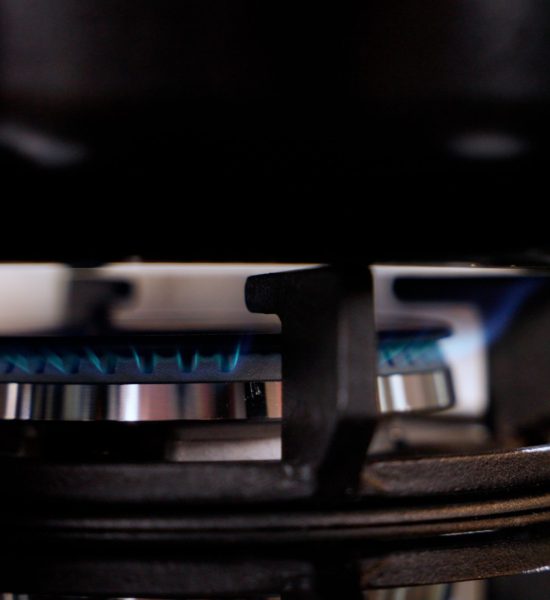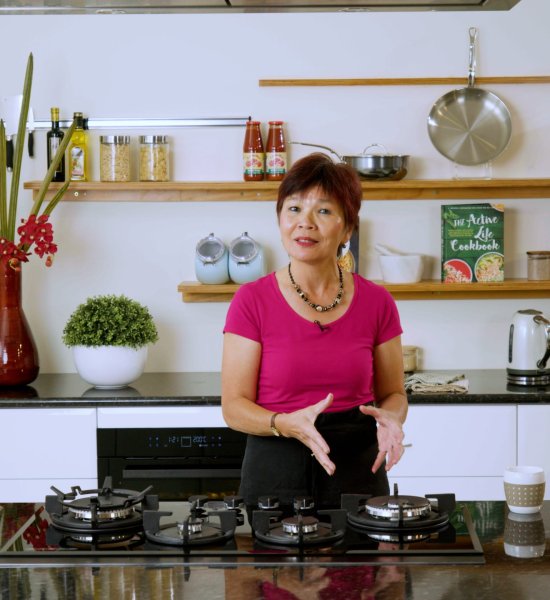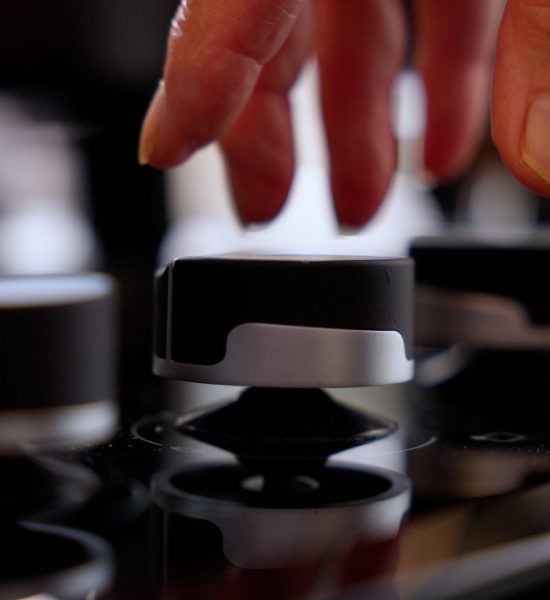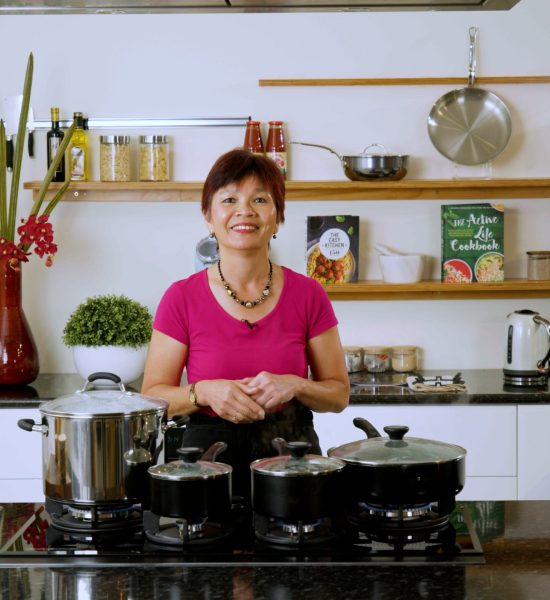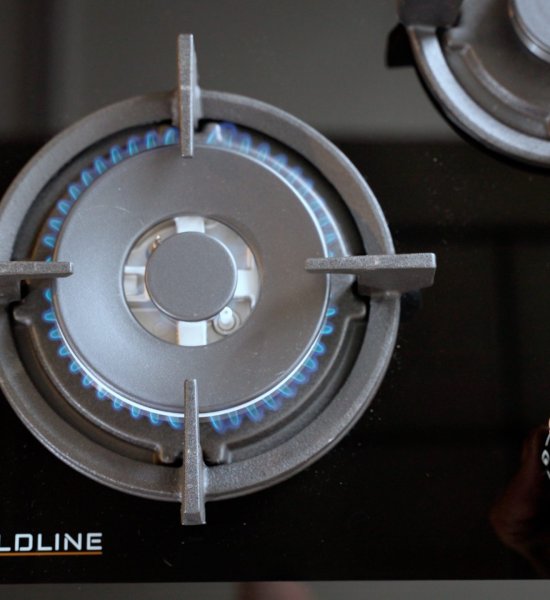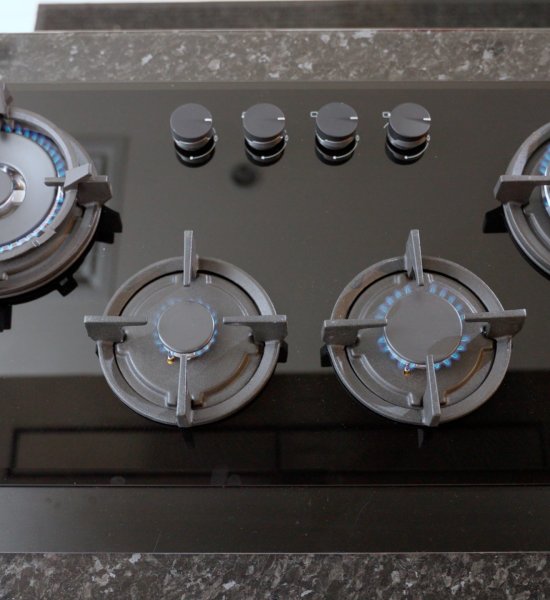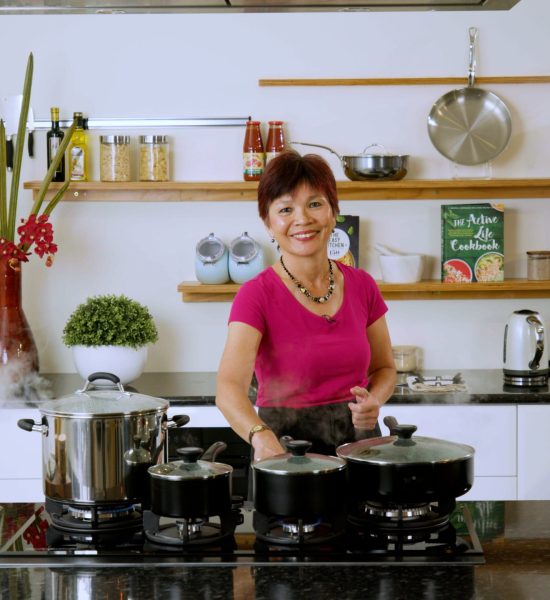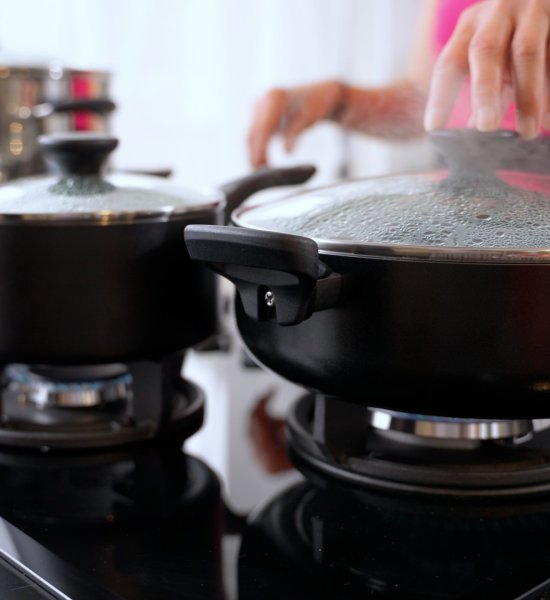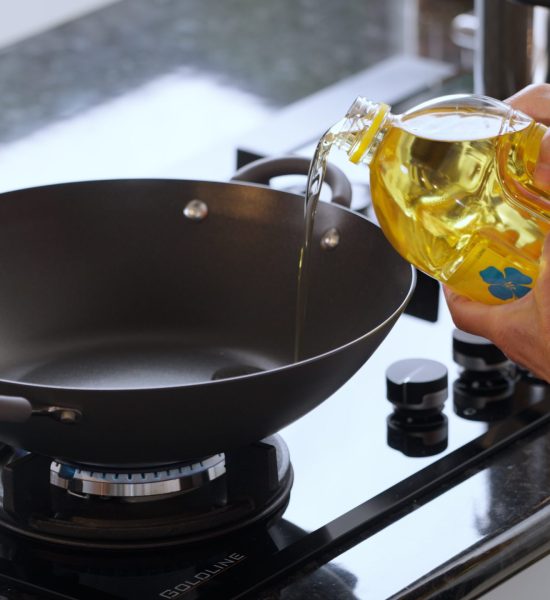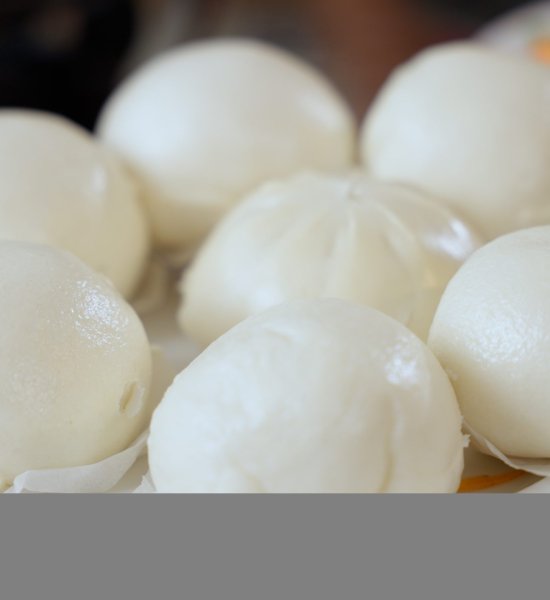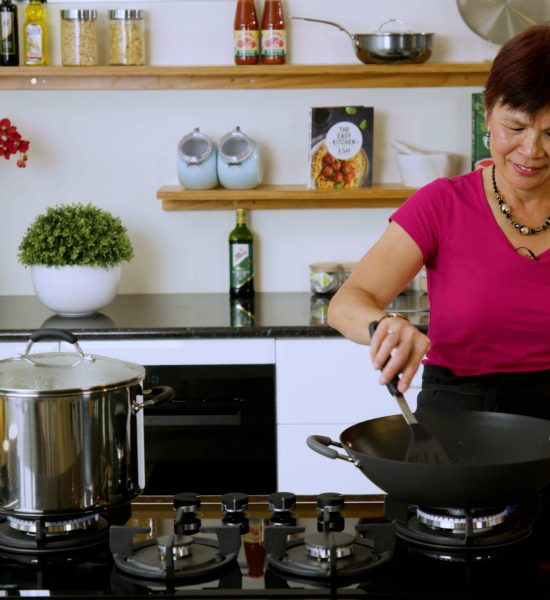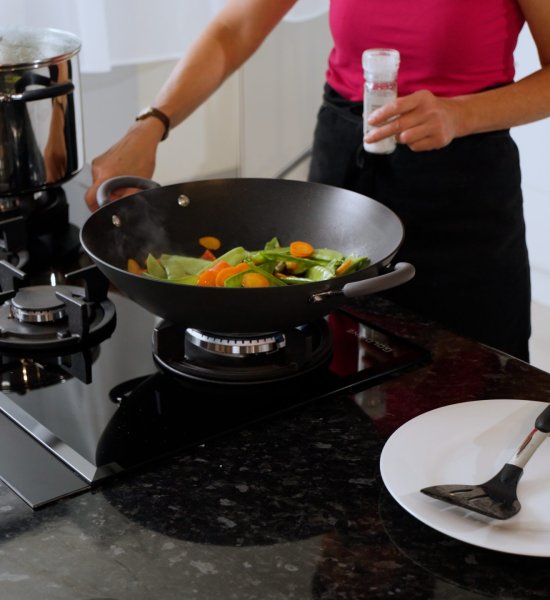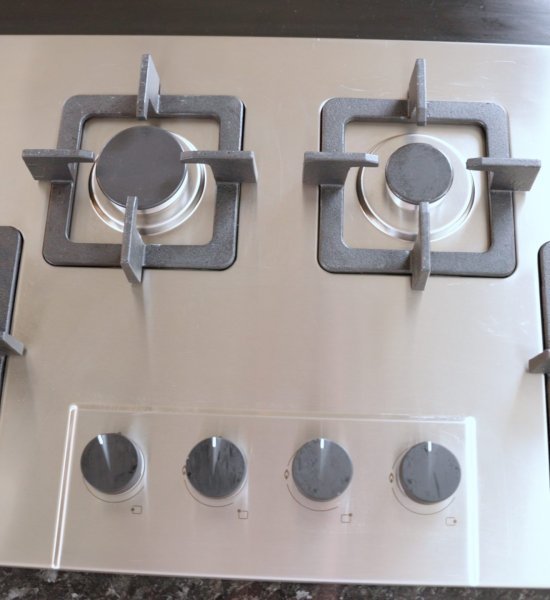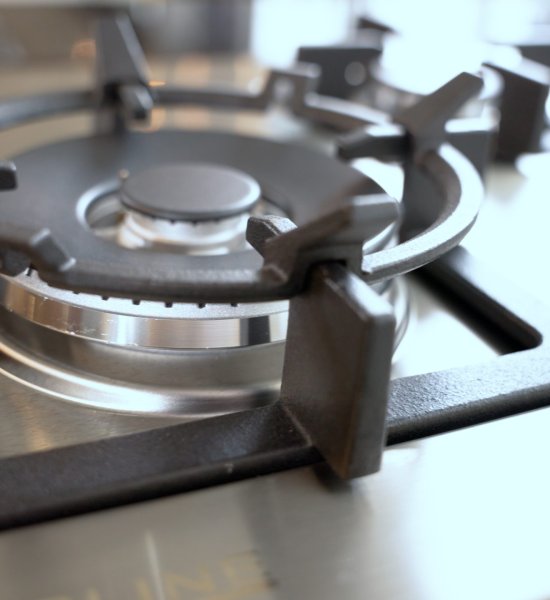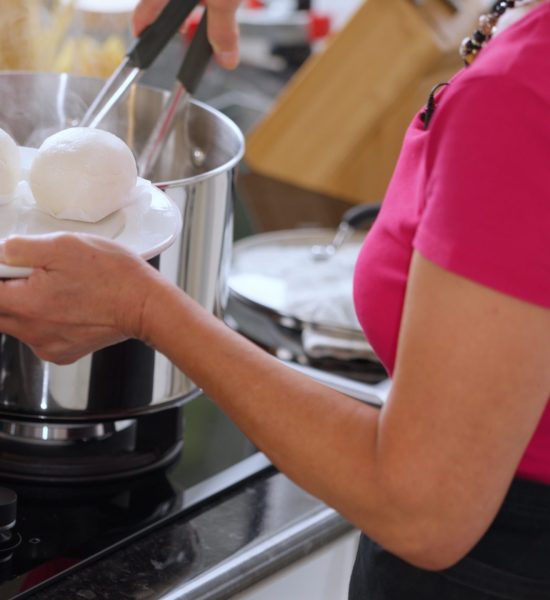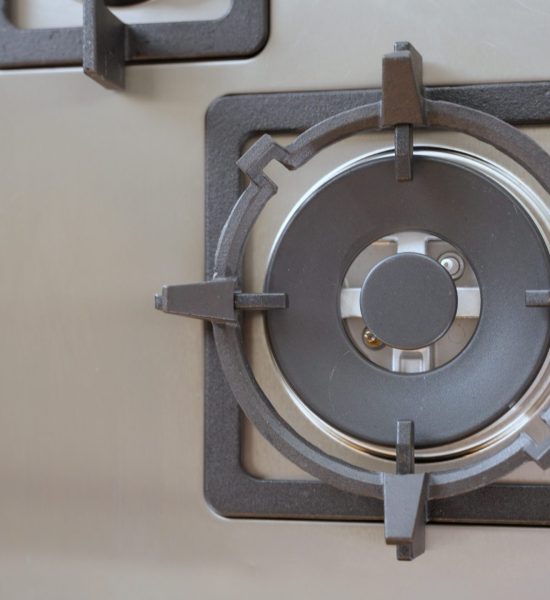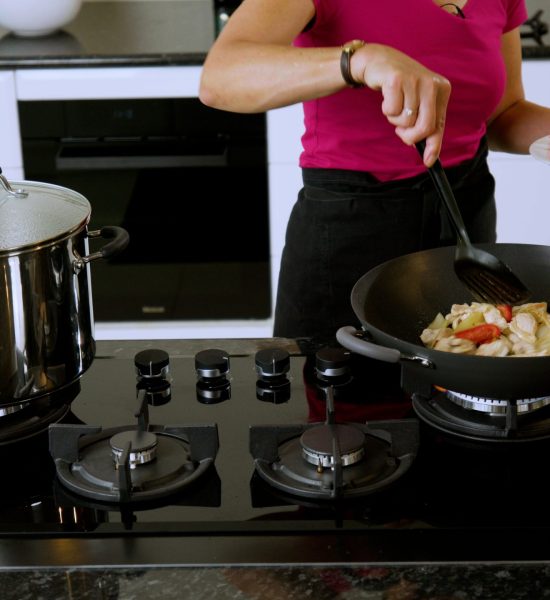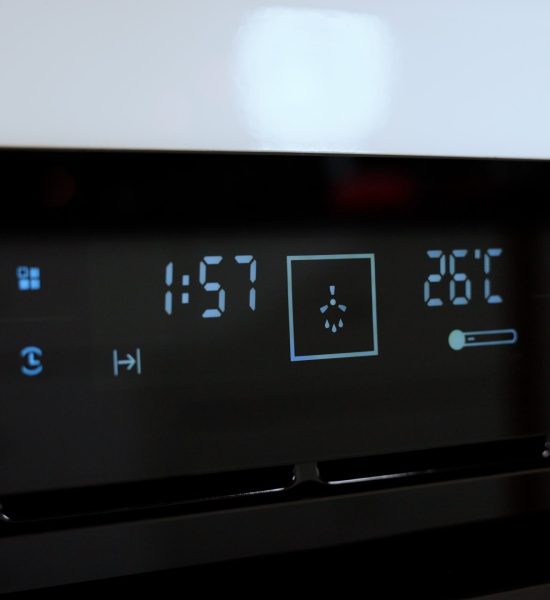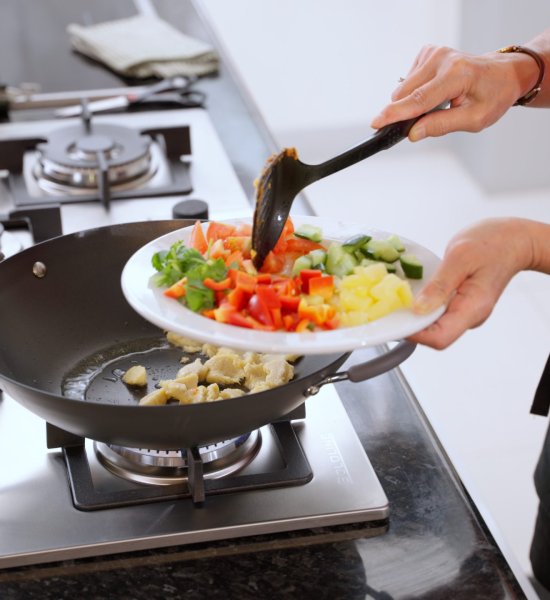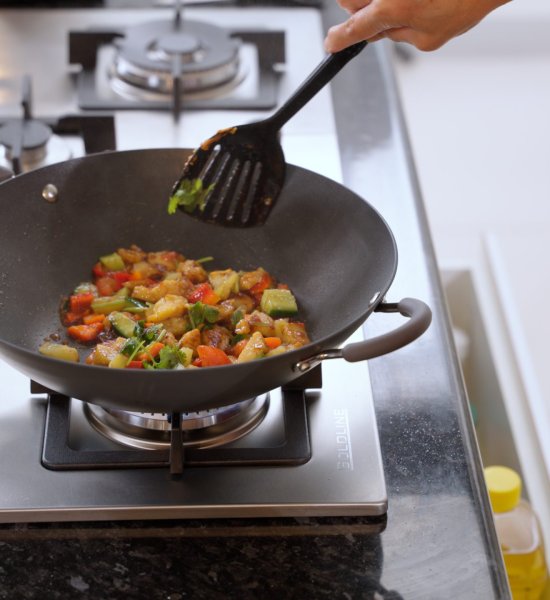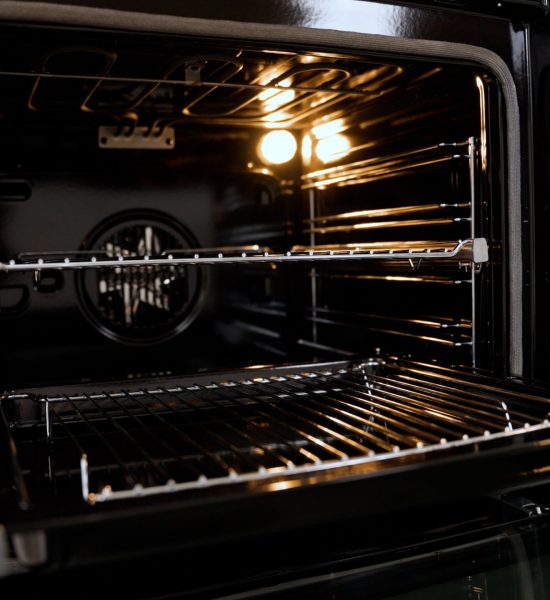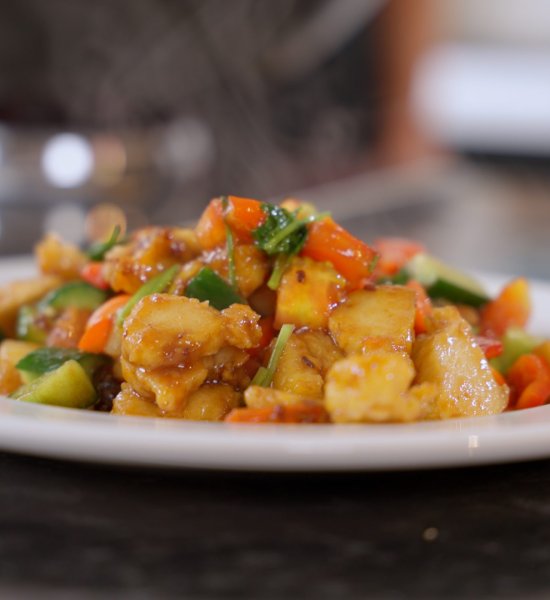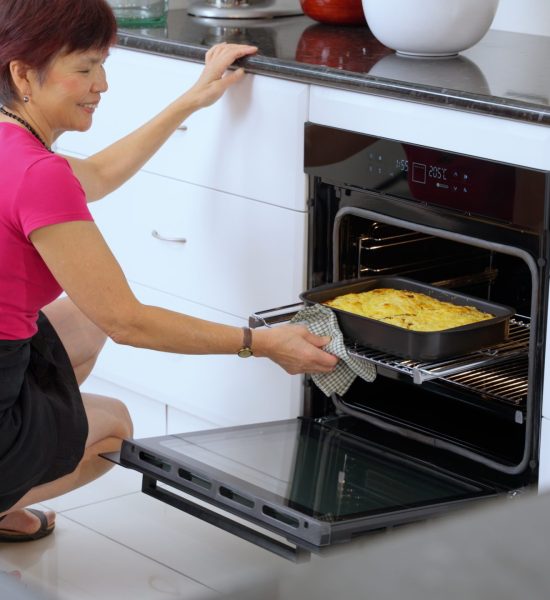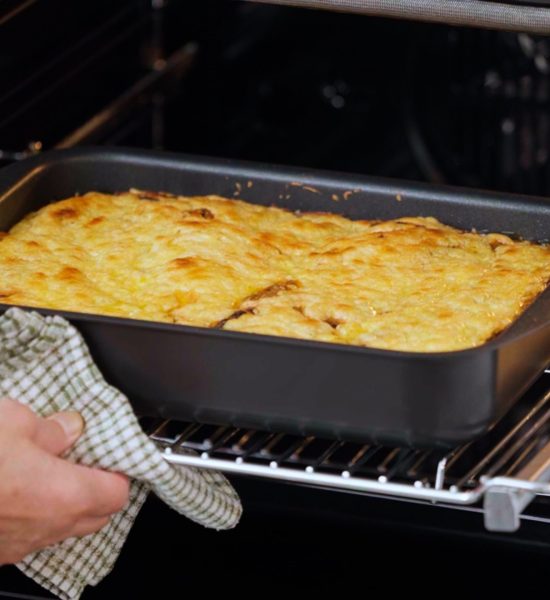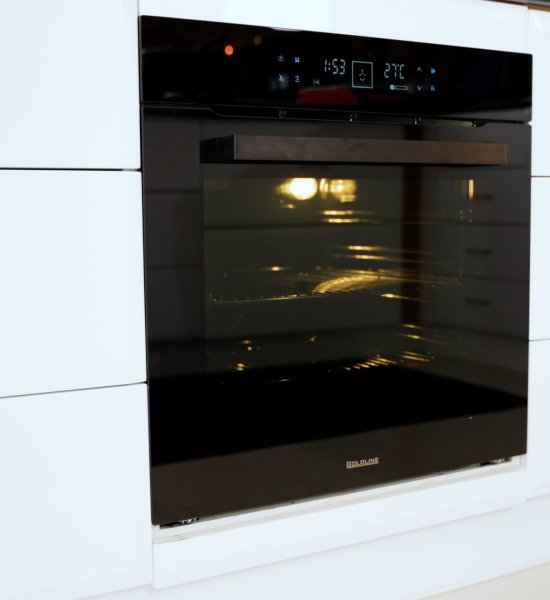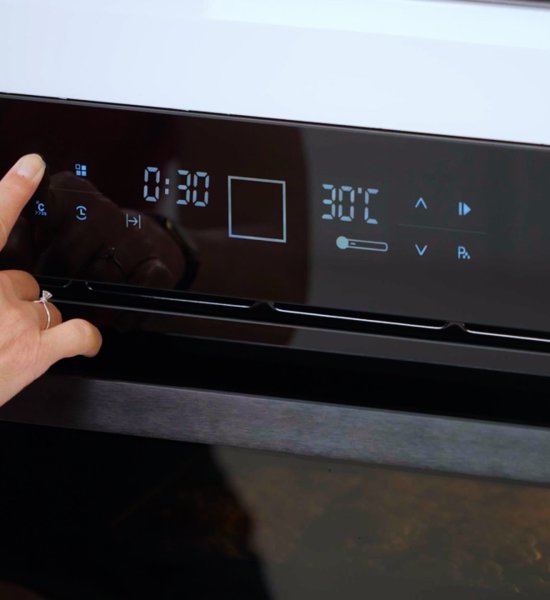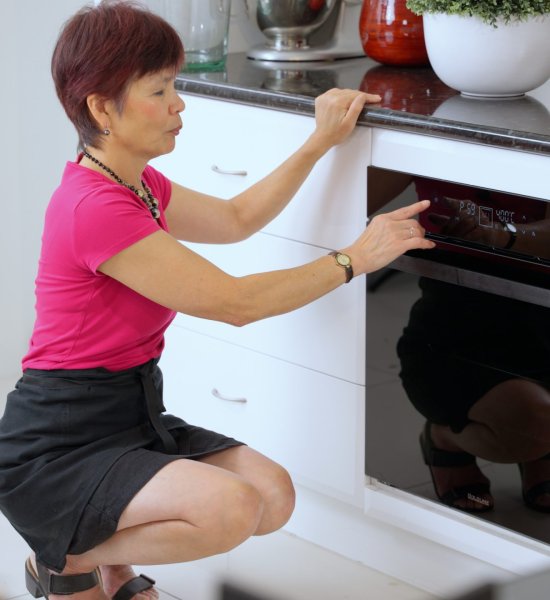Electric vs Induction Cooktops: Which One Suits Your Cooking Style?
Choosing between an electric vs induction cooktop for Australian homes can be tricky: both look sleek, perform well, and promise a great cooking experience. But the way they heat your food (and your kitchen) couldn’t be more different. And, more importantly, each offers a unique advantage.
So, which one suits your kitchen and the way you cook? Let’s compare their key features below to help you make the right choice for your Australian home.
1. Performance and Cooking Style
Benefit: You’ll be able to cook with greater control and consistency.
For Induction: Precision Control
Induction cooktops offer instant heat and responsive temperature control, making them perfect for fast-paced cooking. Because heat is generated directly within the cookware, temperature changes happen immediately. This makes it ideal for searing, stir-frying, or melting ingredients with accuracy. Its quick response makes induction perfect for home cooks who value efficiency and precision in every dish.
For Electric: Steady Heating
Electric cooktops provide steady, gradual heating, ensuring reliable and even results. The heating element warms and cools slowly, providing stable temperatures ideal for simmering sauces, slow-cooking stews, or preparing baked goods. This consistency helps prevent burning or overcooking, making electric cooktops a great choice for traditional cooking styles and everyday family meals.
2. Energy Efficiency and Costs
Benefit: You’ll be able to cook smarter and make the most of your energy use.
For Induction: Advanced Energy Transfer Technology
Induction cooktops are among the most energy-efficient cooktops that are known for their superior efficiency, transferring up to 90% of energy directly to the cookware (Sweeney et al., 2014). This high efficiency makes them a more sustainable choice compared to traditional electric or gas cooktops. Because the heat is produced inside the pan, very little is wasted — keeping your kitchen cooler and your power bills lower. Over time, this efficiency translates into long-term energy savings, making induction ideal for energy-conscious Australian homes.
For Electric: Consistent Heat Retention
Electric cooktops convert around 70–75% of energy into heat, with some loss through the glass or coils (Sweeney et al., 2014). While less efficient than induction, they come with a lower upfront cost, which makes them a budget-friendly choice for those prioritising affordability over long-term savings.
3. Cookware Compatibility and Maintenance
Benefit: You’ll be able to cook and clean with ease every day.
For Induction: Easy Maintenance
Induction cooktops are modern kitchen appliances that require magnetic-base cookware, such as cast iron or stainless steel, to generate heat effectively. While this may mean upgrading some pots and pans, the benefit is easy maintenance — the cooktop surface stays cool, so spills don’t burn or stick. A simple wipe with a soft cloth keeps it spotless, making induction an excellent choice for busy Australian households that value quick cleaning and convenience.
For Electric: Durable and Practical
Electric cooktops are highly versatile, working with almost any flat-bottomed cookware, including aluminium, copper, and glass. However, because the surface itself gets hot, spills can harden or leave marks, requiring more thorough cleaning. Despite this, electric cooktops remain popular for their simplicity, flexibility, and compatibility with a wide range of cookware.
4. Safety and Design Considerations
Benefit: You’ll be able to cook confidently in a safe, functional kitchen.
For Induction: Intelligent Safety Features
Induction cooktops are safer and more efficient by design — only the pan gets hot, keeping the surface cool to the touch. Many models include auto shut-off functions, child safety locks, and residual heat indicators for added protection. Their sleek, minimalist design complements modern Australian kitchens, offering both style and smart functionality.
For Electric: Reliable Heat Indicators
Electric cooktops retain heat after use, so the surface stays hot for a few minutes even after being turned off. Fortunately, most models include heat indicators that alert users when it’s safe to touch. While not as modern in appearance as induction, electric cooktops are affordable, easy to install, and ideal for traditional or rental kitchens where practicality matters most.
Which Cooktop Suits You?
Choosing between an electric or induction cooktop depends on your cooking habits, lifestyle, and kitchen needs. Both can enhance your cooking experience. The key is knowing which one complements how you cook, or the kitchen that you envision.
If you’re a busy home cook or part of an active family, an induction cooktop may be your best match. It heats up almost instantly and responds to temperature changes with precision, giving you greater control and faster results. Plus, the cool-to-touch surface makes cleaning effortless — perfect for multitasking households where time and safety matter.
On the other hand, if you prefer traditional cooking styles or are looking for a budget-friendly option, an electric cooktop offers steady, consistent heating that’s great for slow-cooked dishes, baking, or simmering sauces. It’s compatible with a wide range of cookware and provides reliable performance, making it ideal for everyday family kitchens.
Electric Vs Induction Cooktop? A Smarter Kitchen Awaits!
Both electric and induction cooktops bring their own strengths to the kitchen. One emphasises precision, speed, and energy efficiency, while the other delivers stability, simplicity, and affordability. The best choice ultimately depends on what matters most to you: control and performance, or consistency and cost-effectiveness.
Regardless of which type you choose, you can trust Goldline to deliver quality, durability, and elegant design that complement modern Australian homes. Every cooktop in our range is thoughtfully crafted to enhance your cooking experience, combining innovation with reliability for years of use.
Whether you’re exploring induction vs electric cooktops in Australia, Goldline helps you find the perfect balance between style, performance, and efficiency.
✨Transform the way you cook — explore Goldline’s collection of cooktops today and bring intelligent design to your kitchen.
Want to learn more? You might also love these articles for your kitchen upgrades:
- Designing All-Electric Kitchens: Why Induction Cooking is the Future for Australian Homes
- Should You Ditch Gas? Everything You Need to Know Before Switching to Induction Cooktops
- 8 Strategies to Get the Most Out of Your Kitchen Upgrade
- A Practical Guide to Choosing a Stainless Steel Cooktop
- How to Pick The Right Cooktop For Your Space
Reference:
Sweeney, M., Dols, J., Fortenbery, B., & Sharp, F. “Induction Cooking Technology Design and Assessment.” ACEEE Summer Study on Energy Efficiency in Buildings (2014), Electric Power Research Institute (EPRI).








